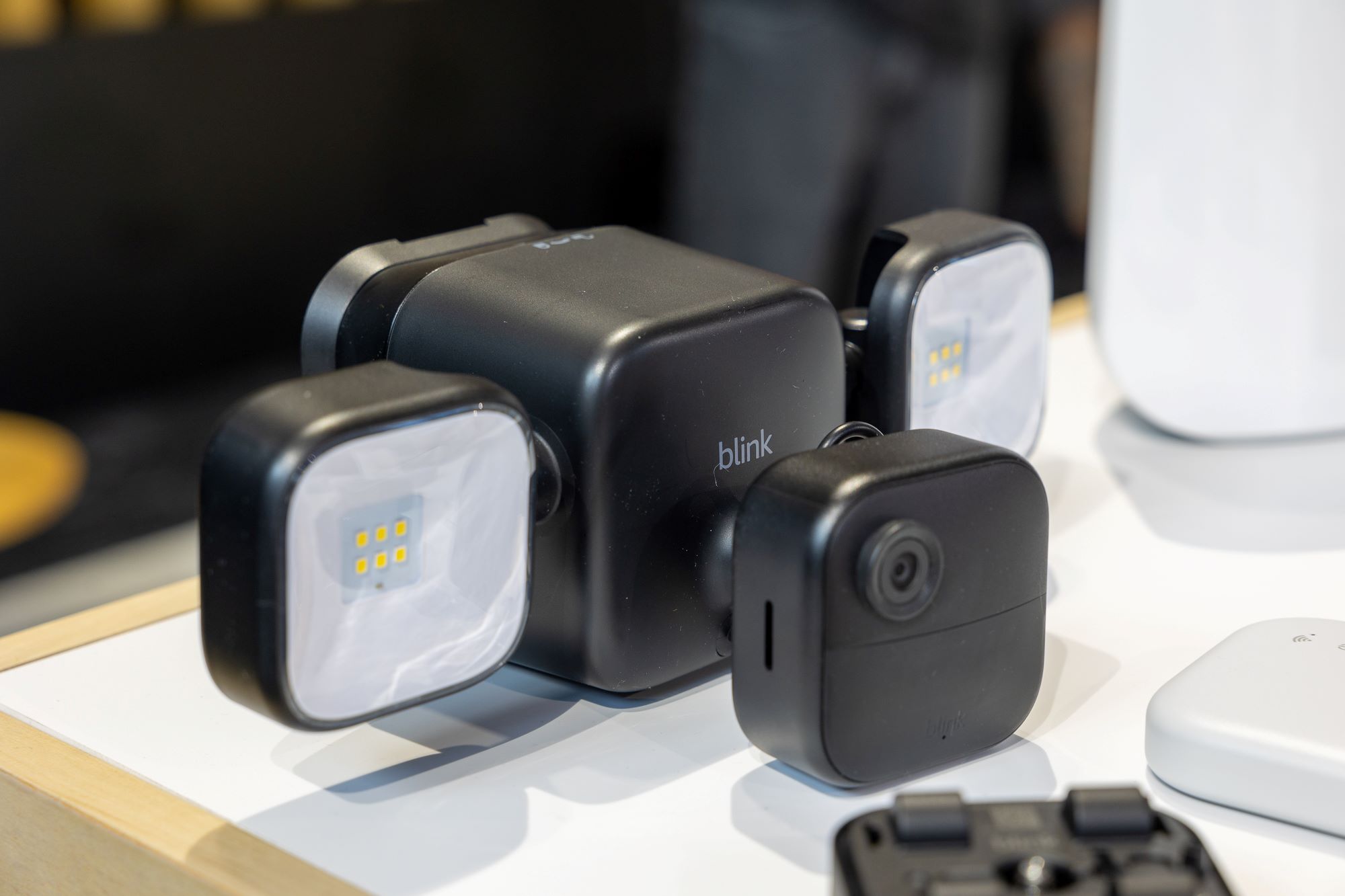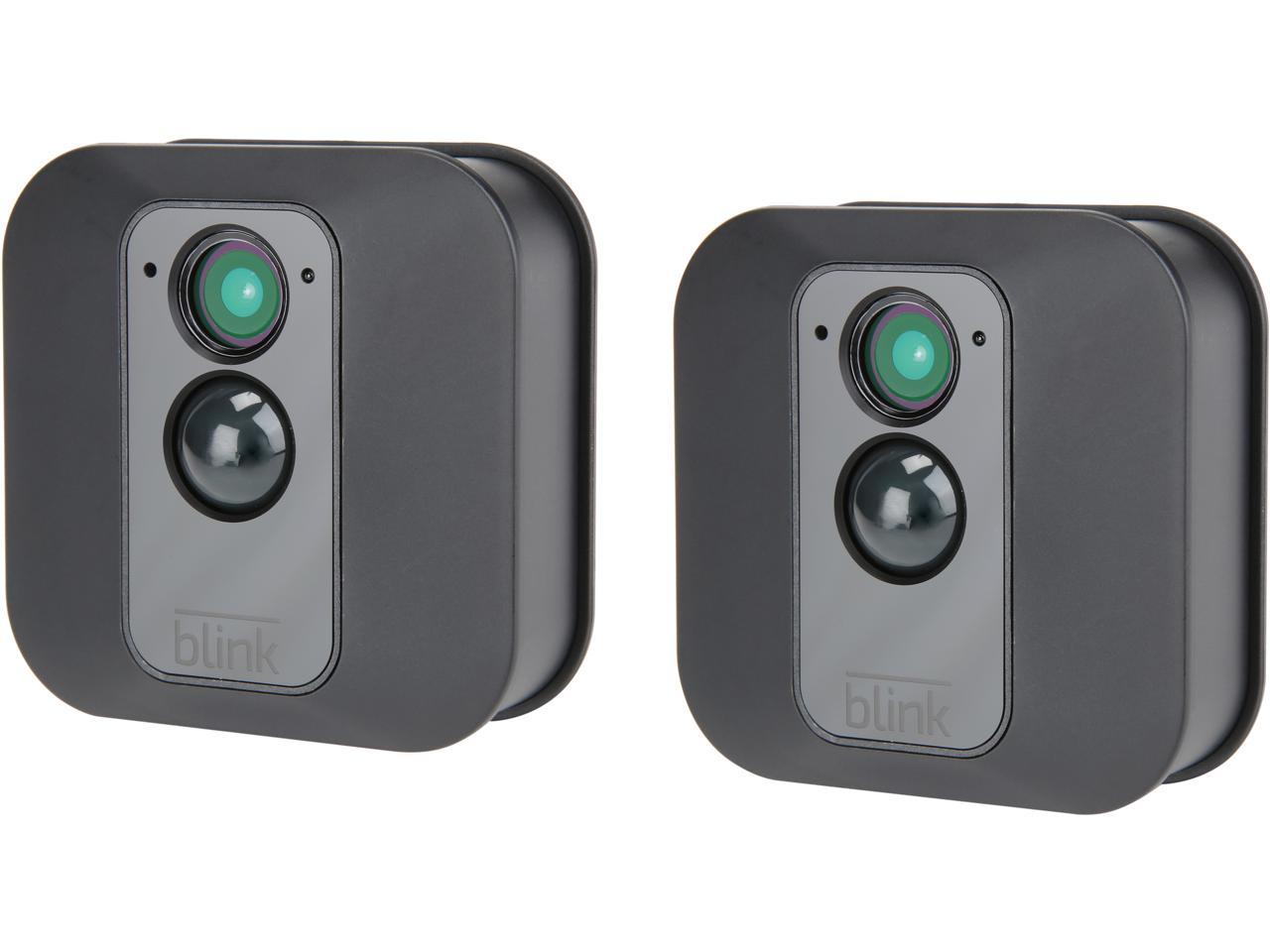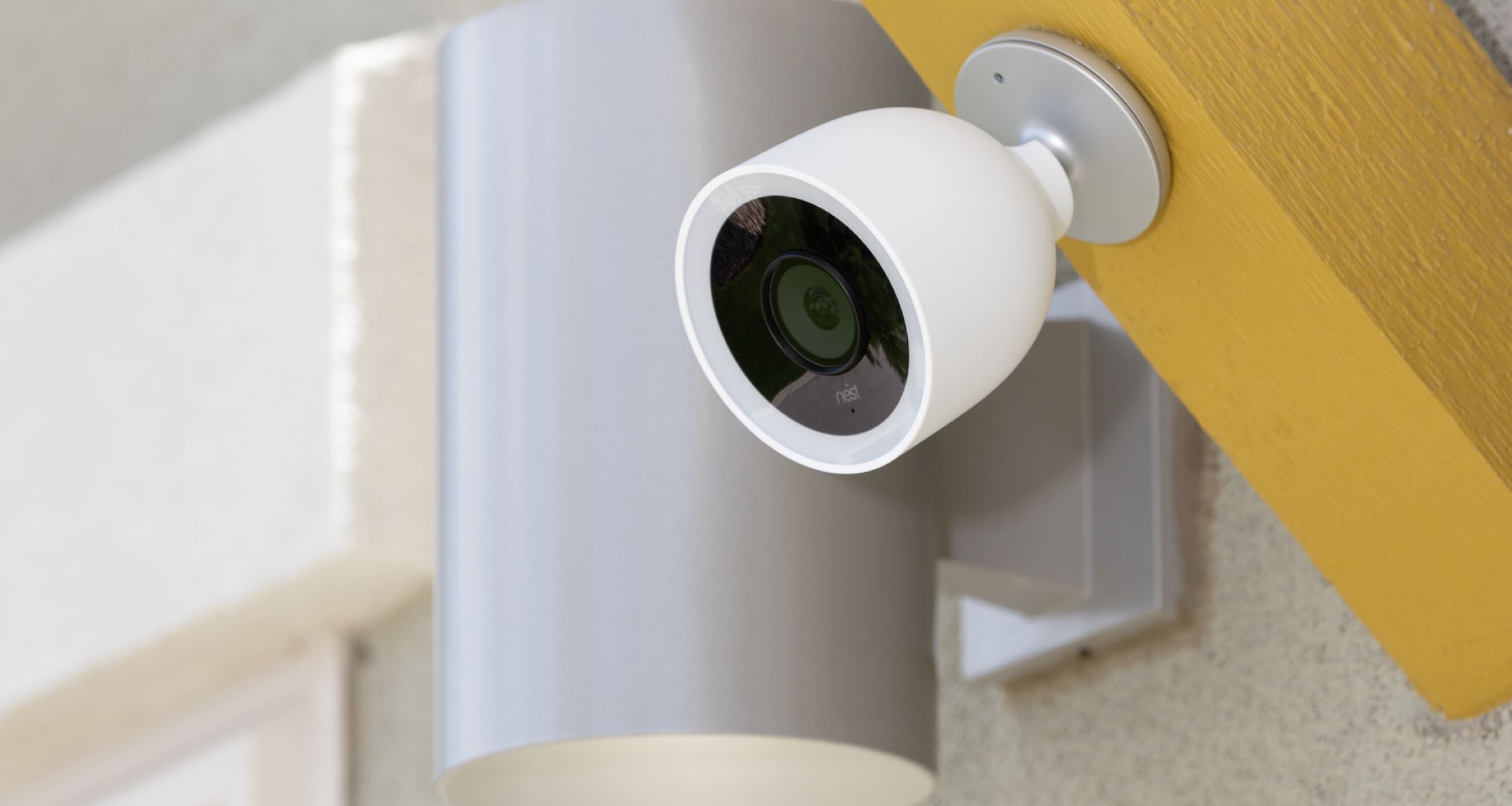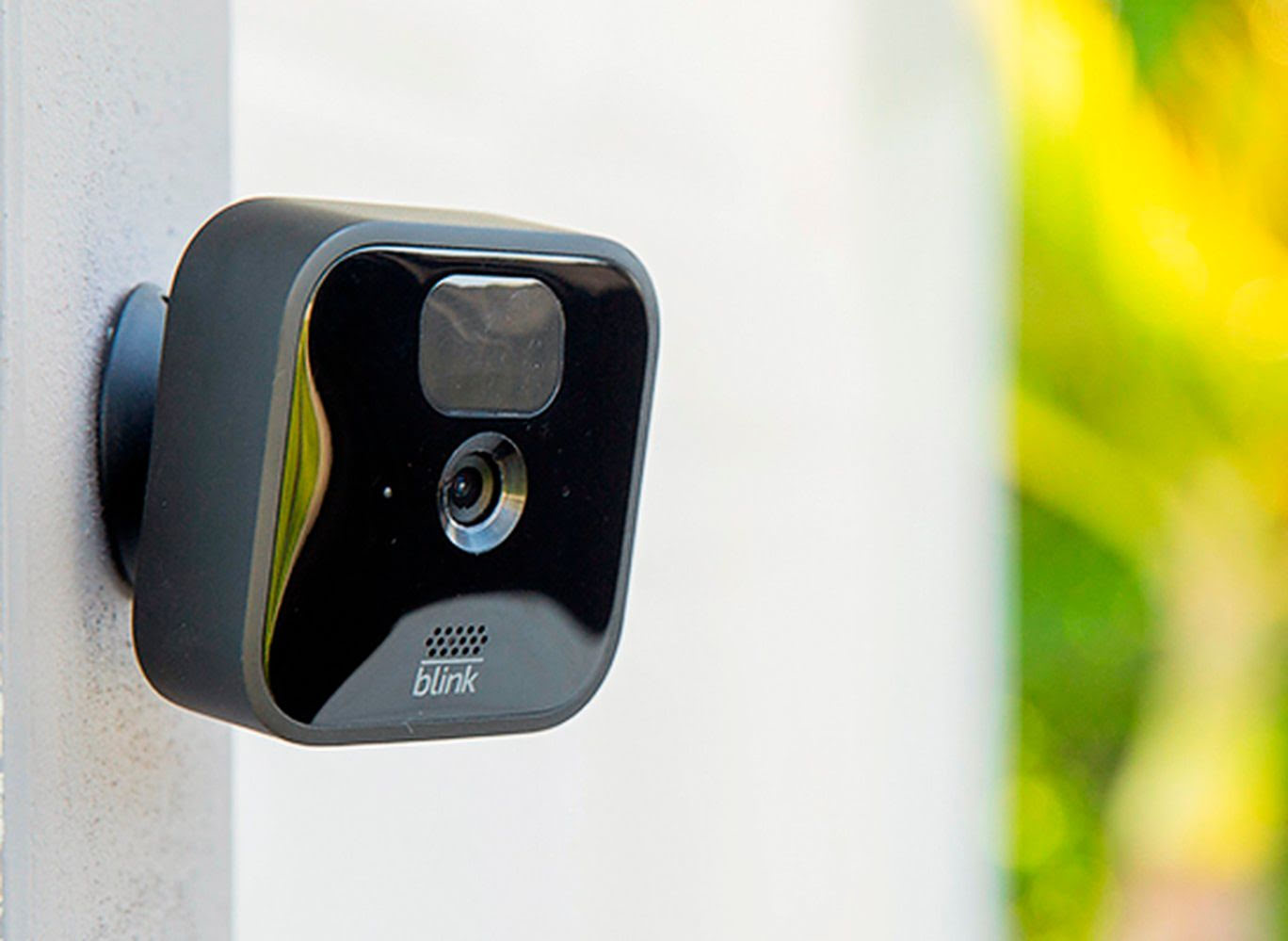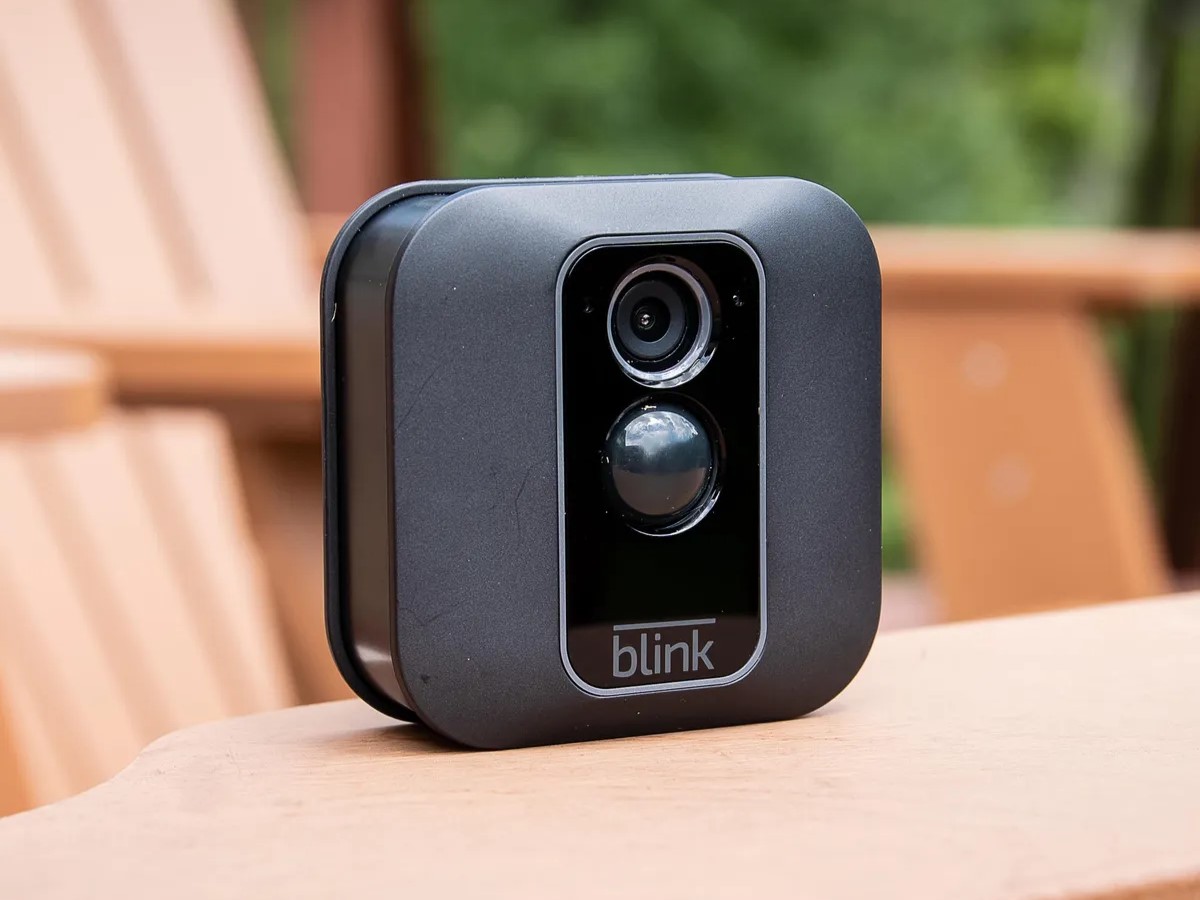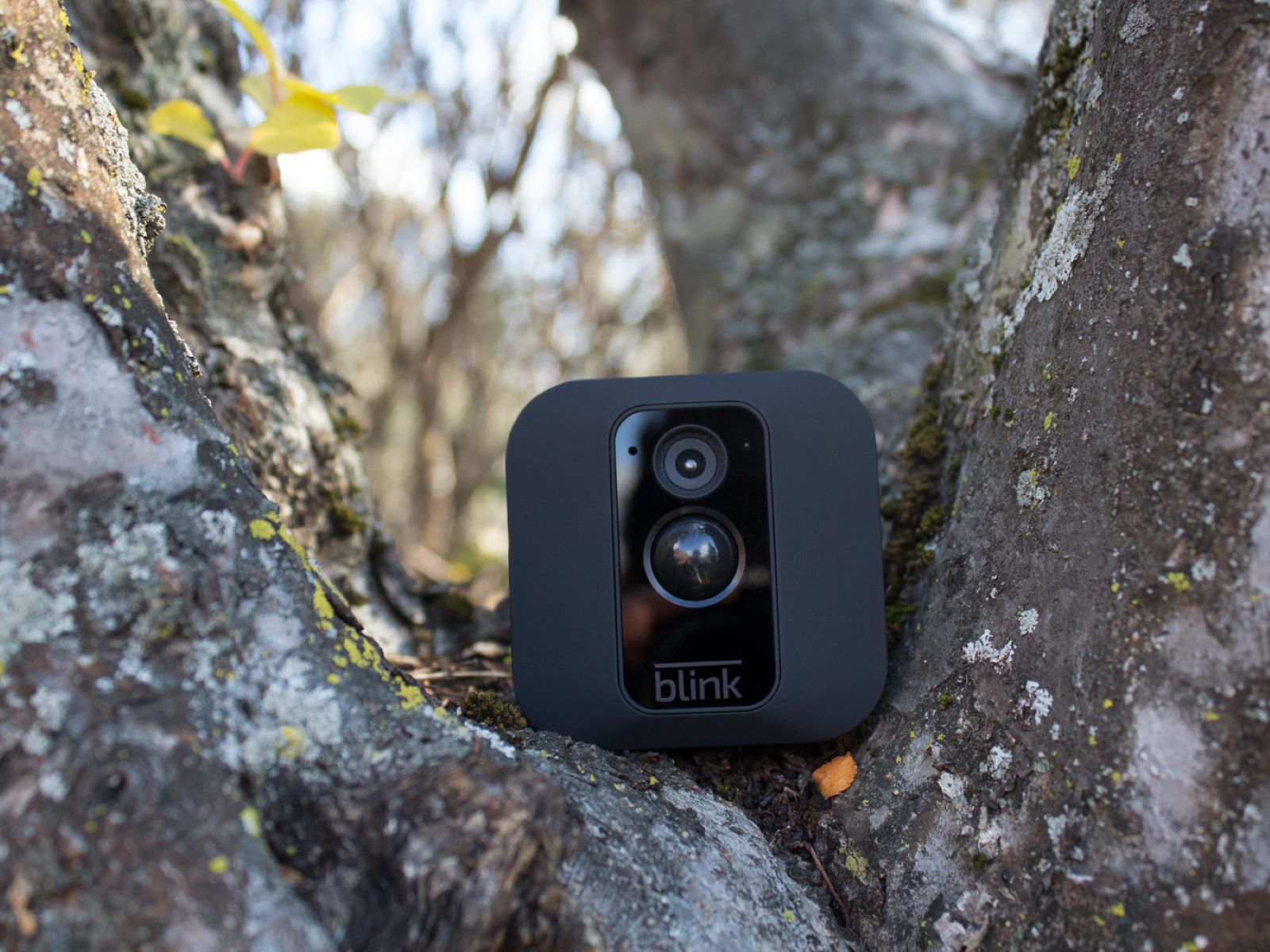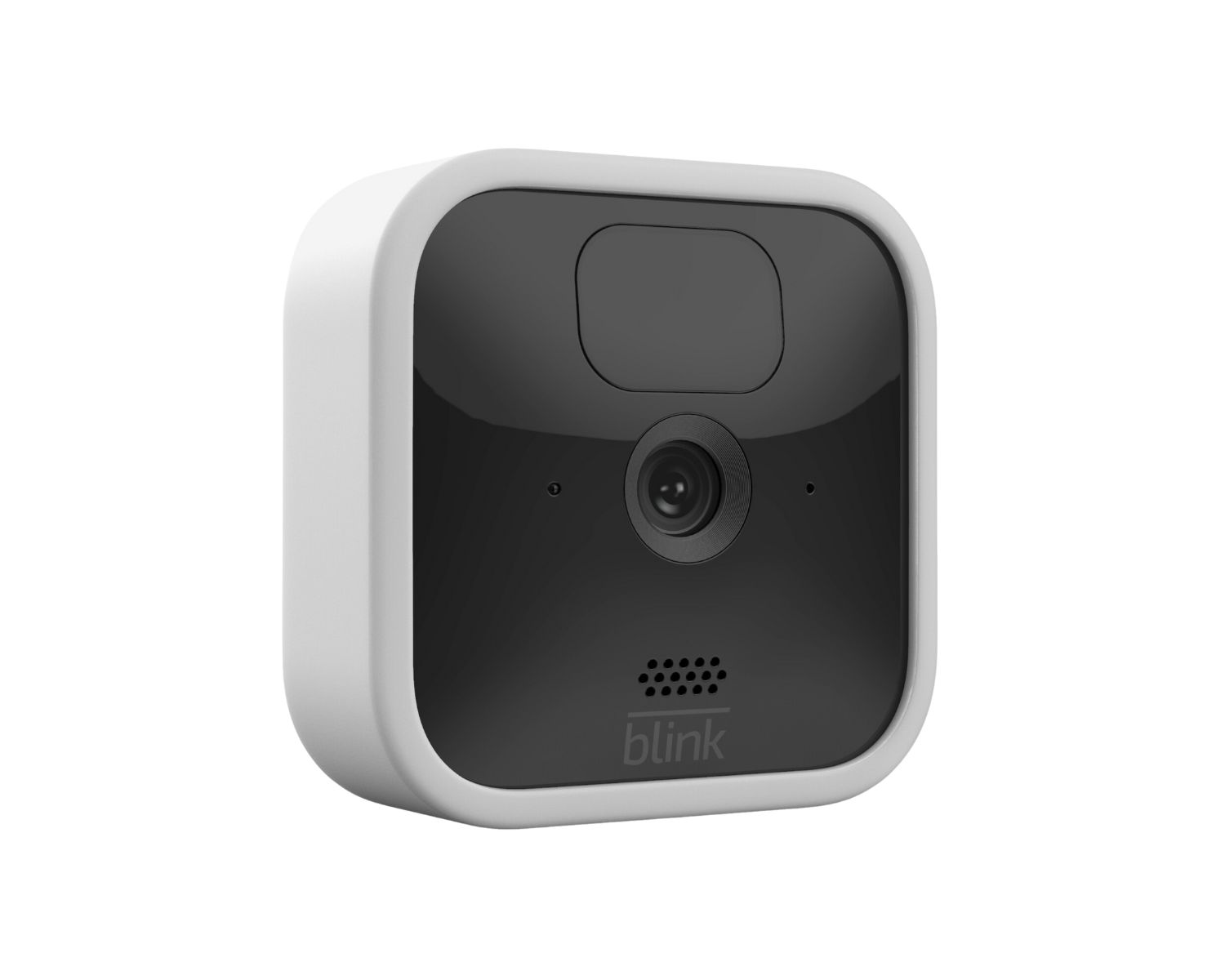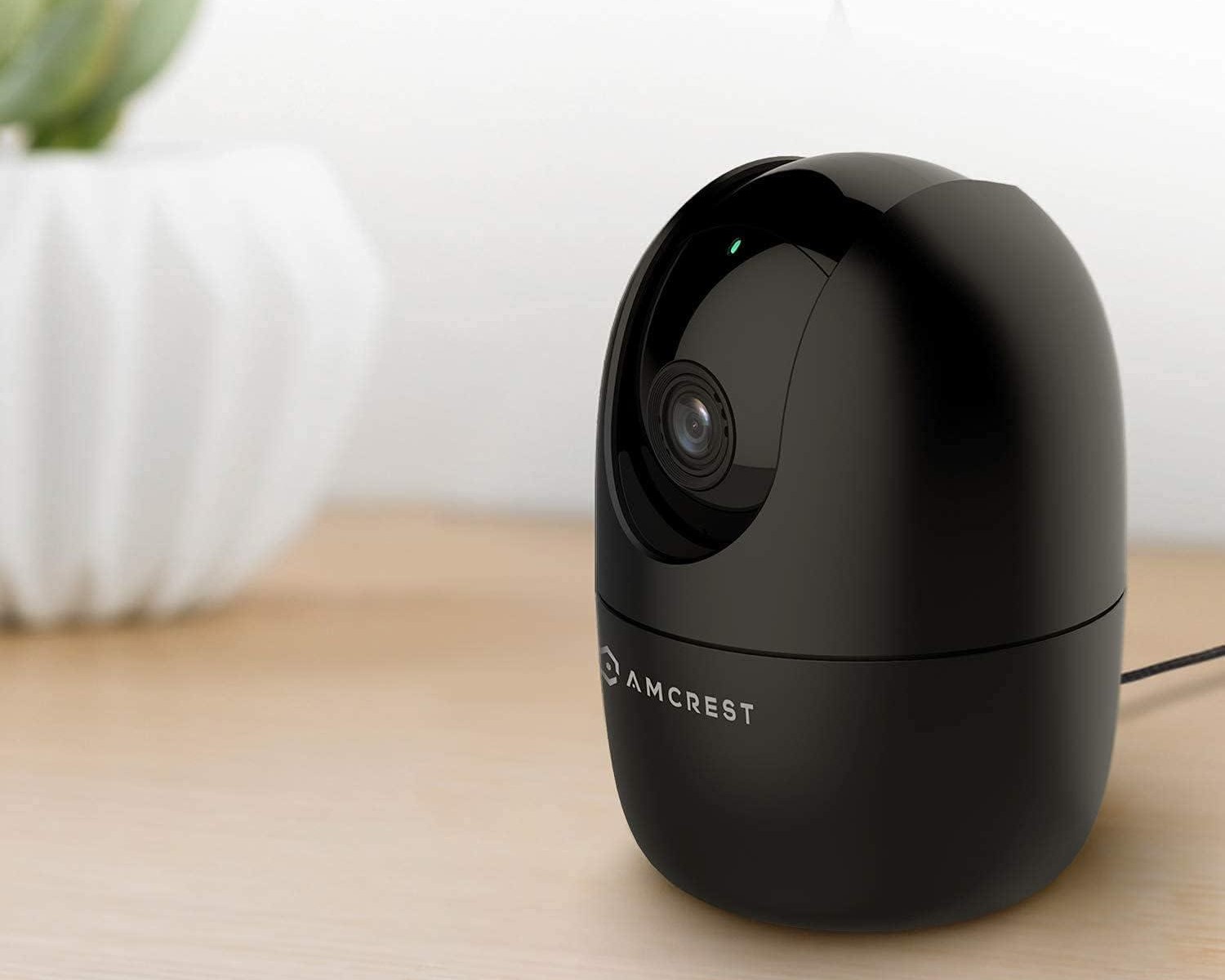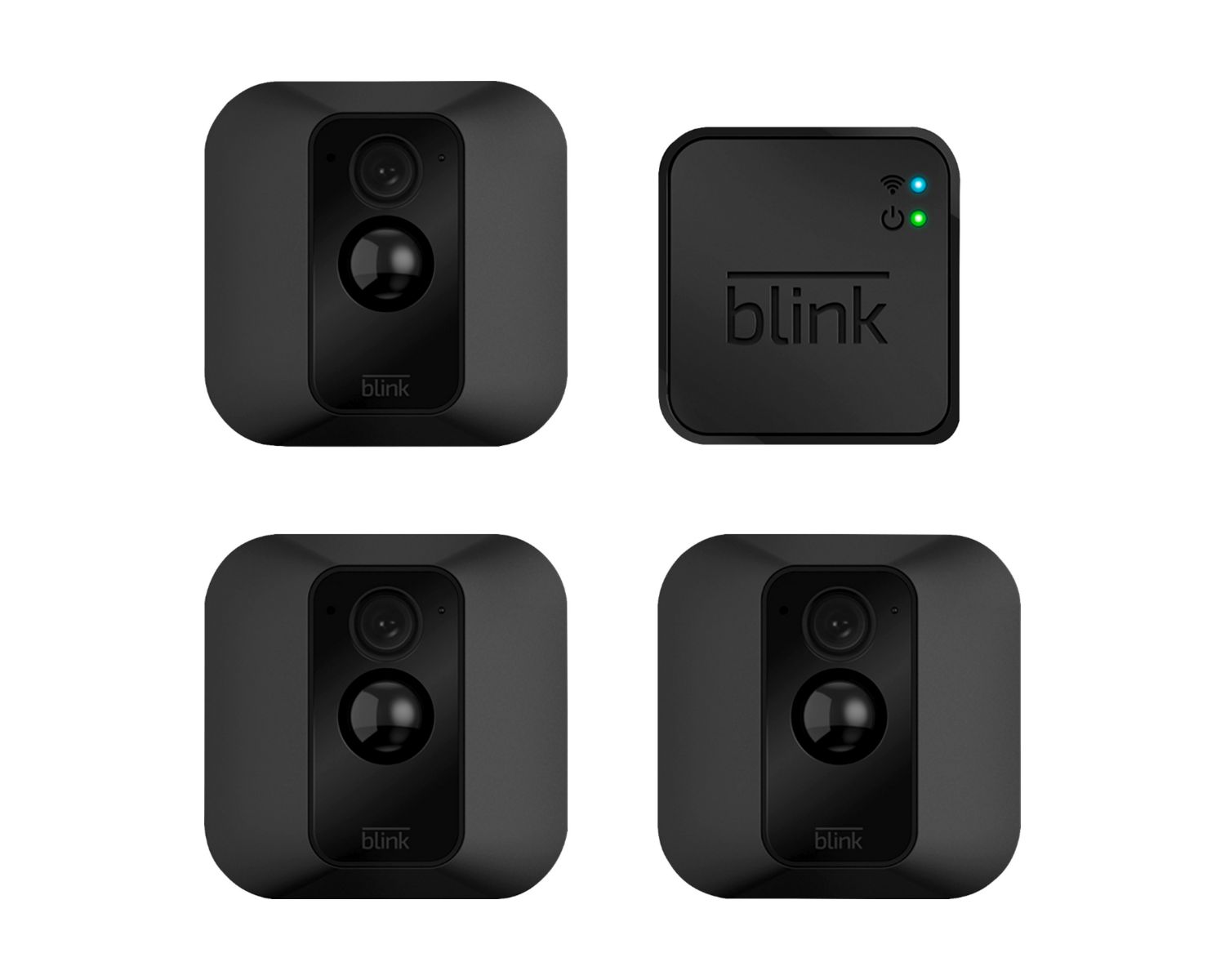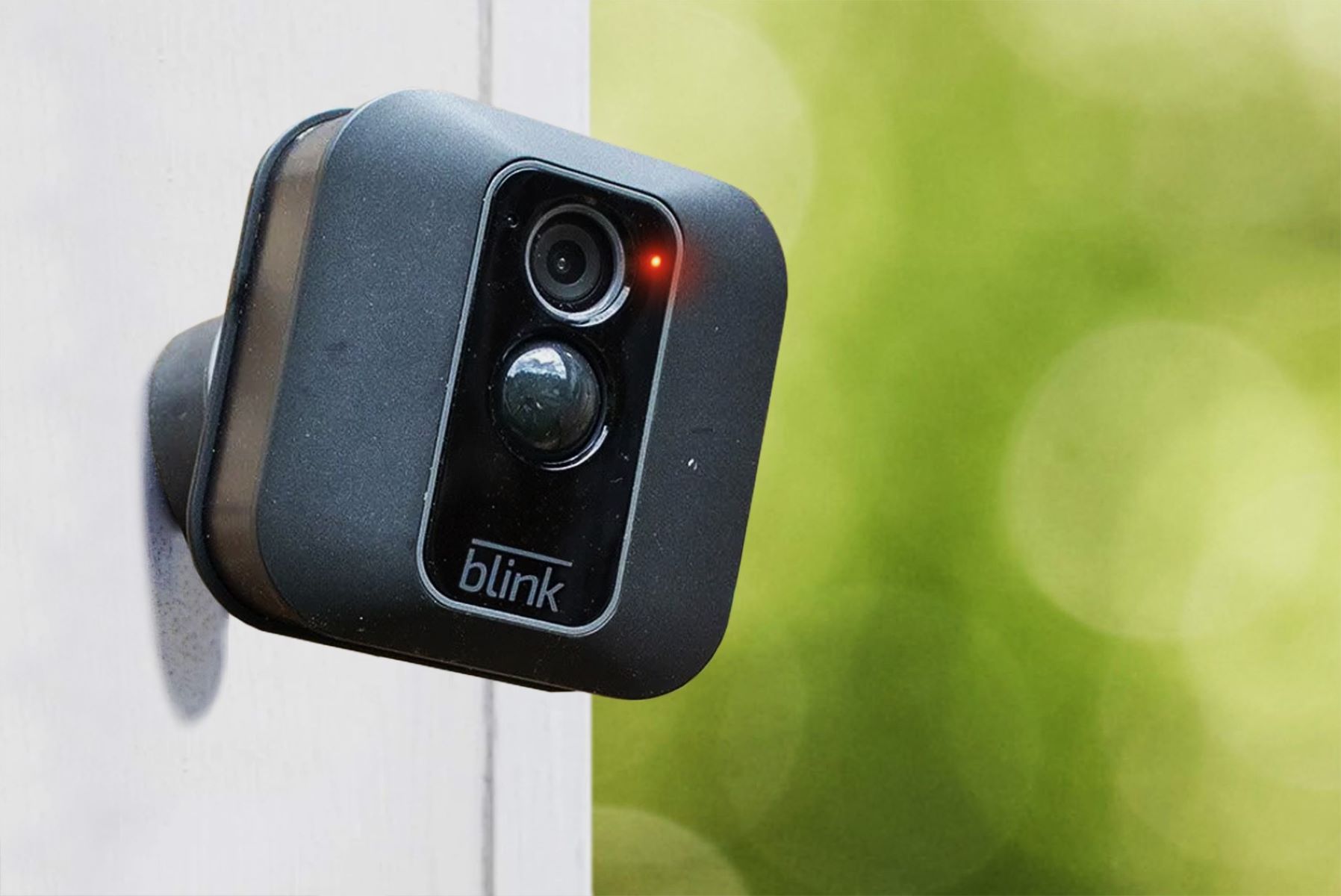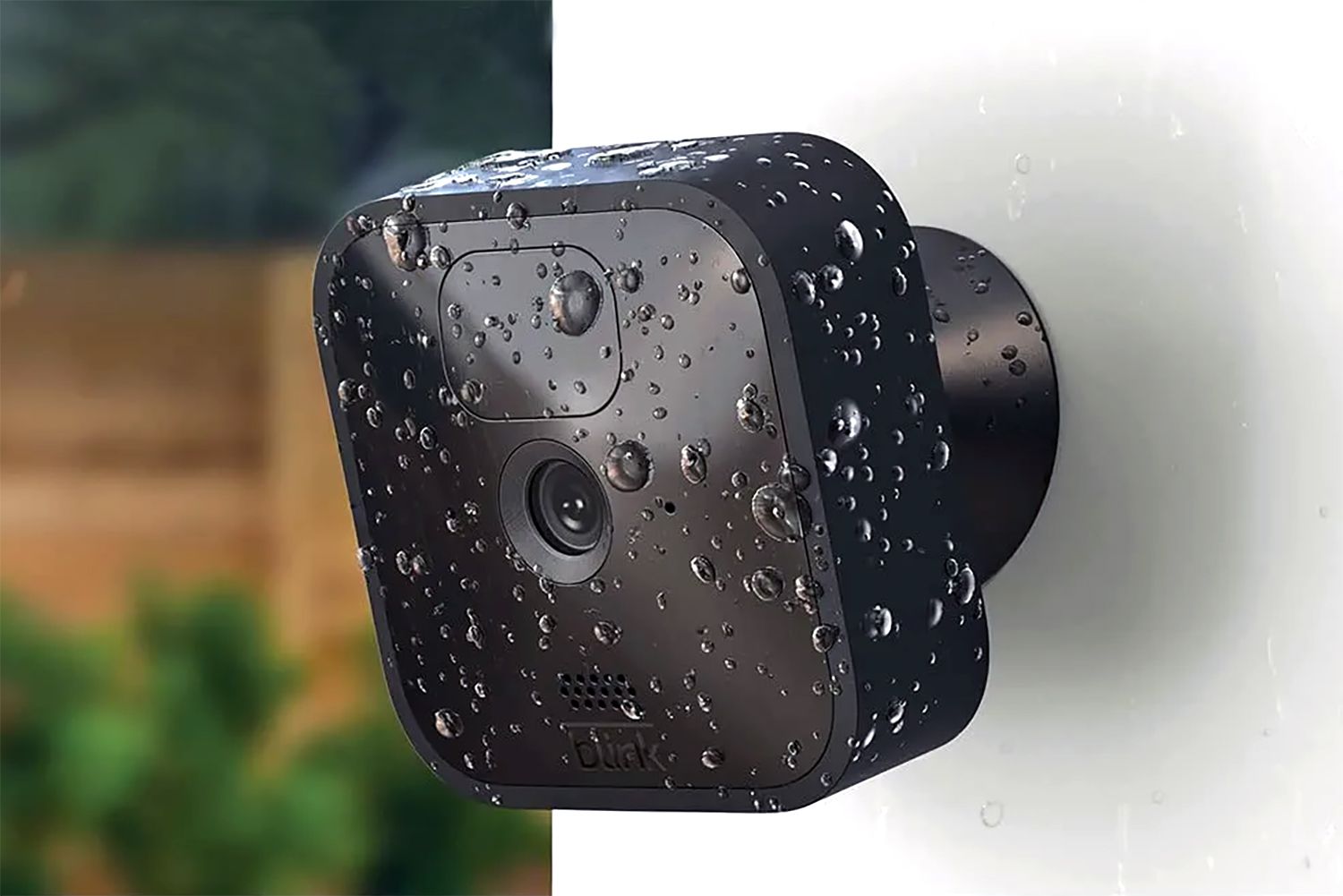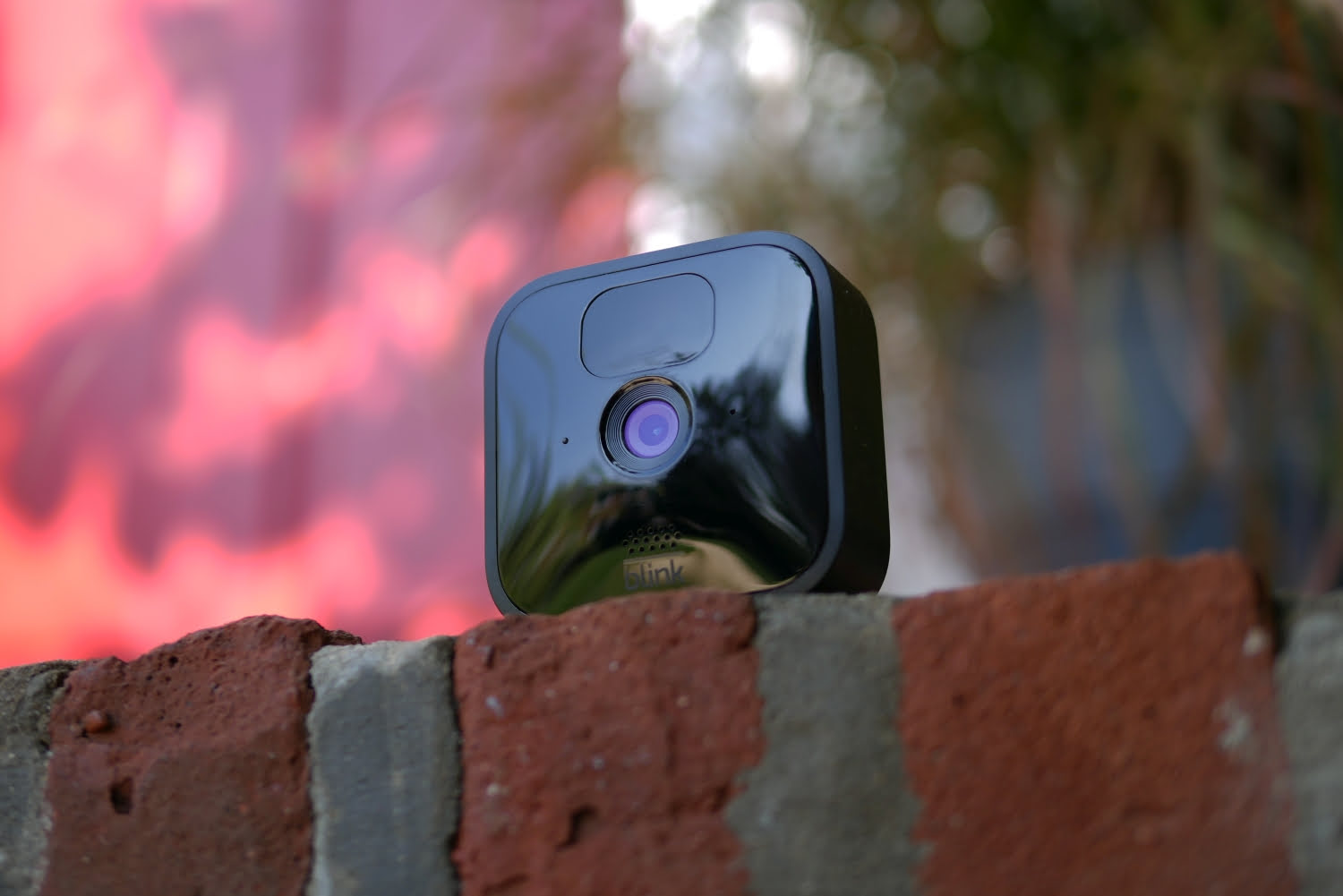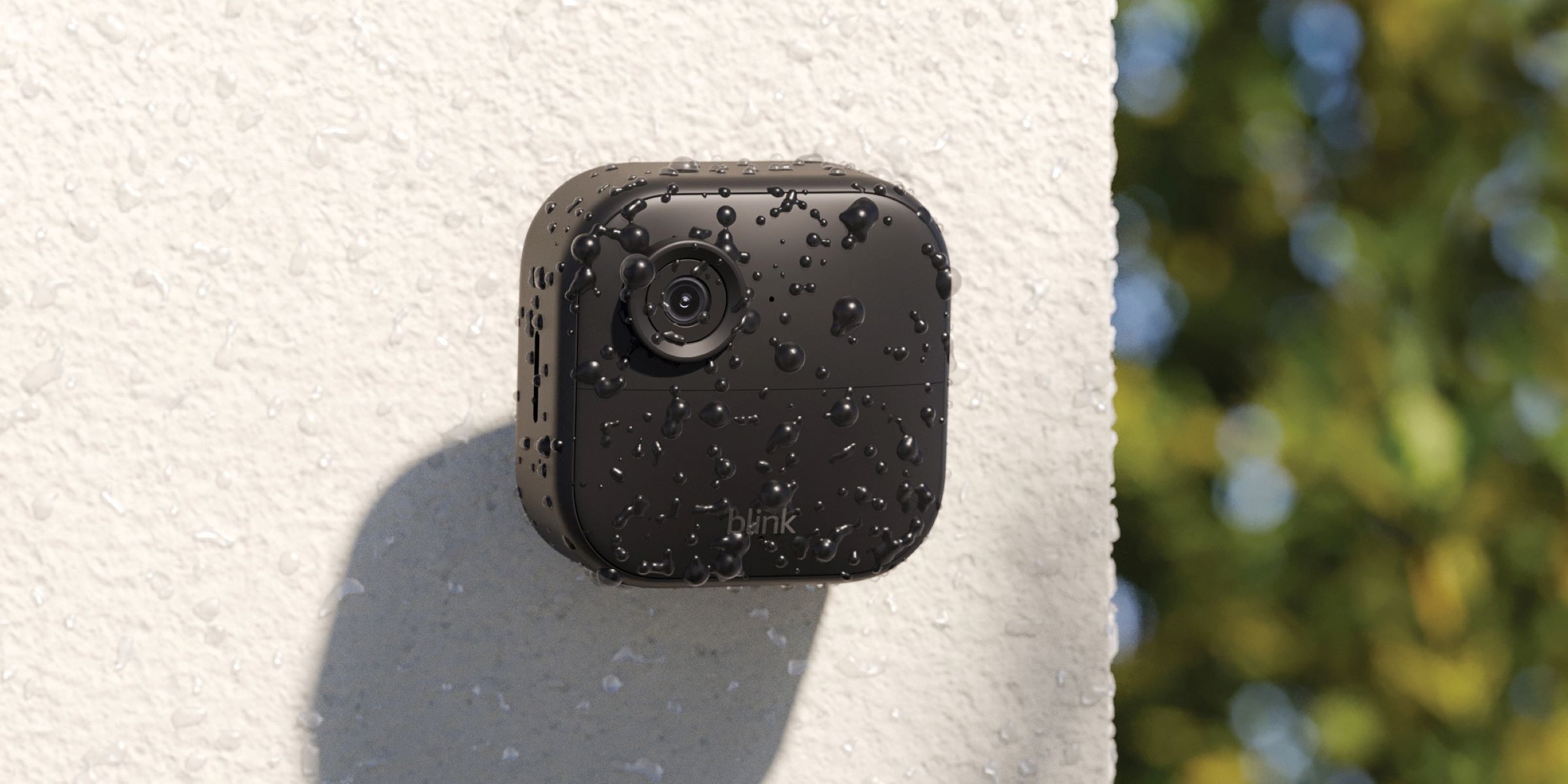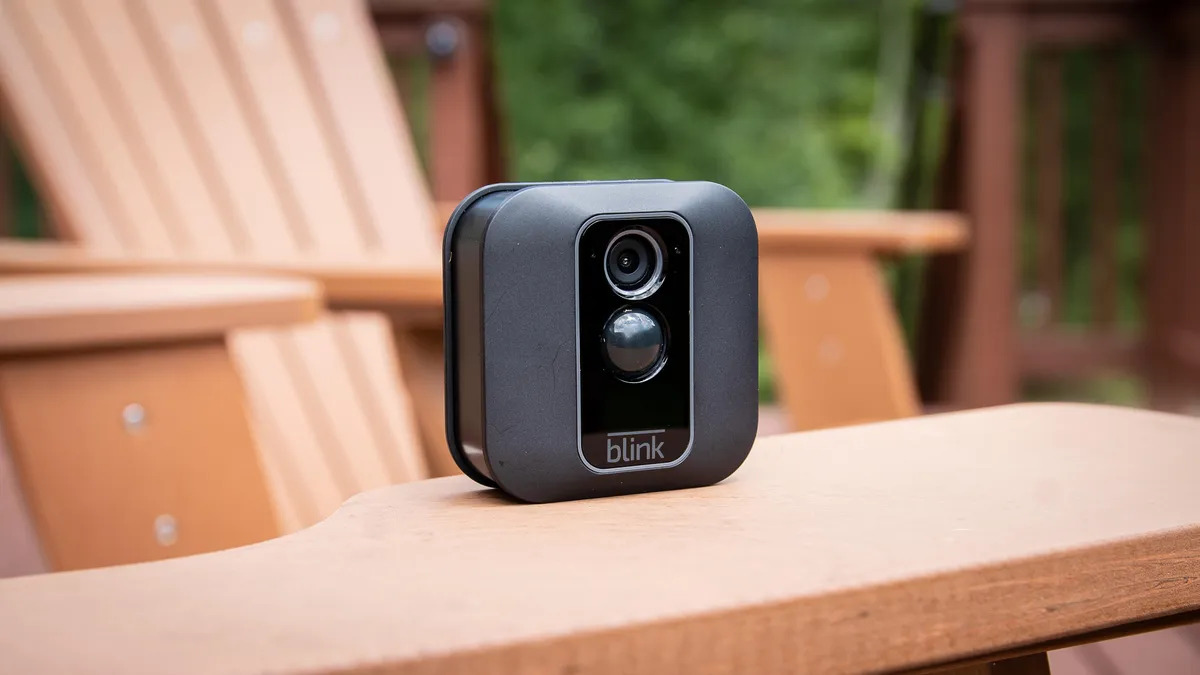Home>Home Security and Surveillance>How Far Can Blink Outdoor Camera Detect Motion
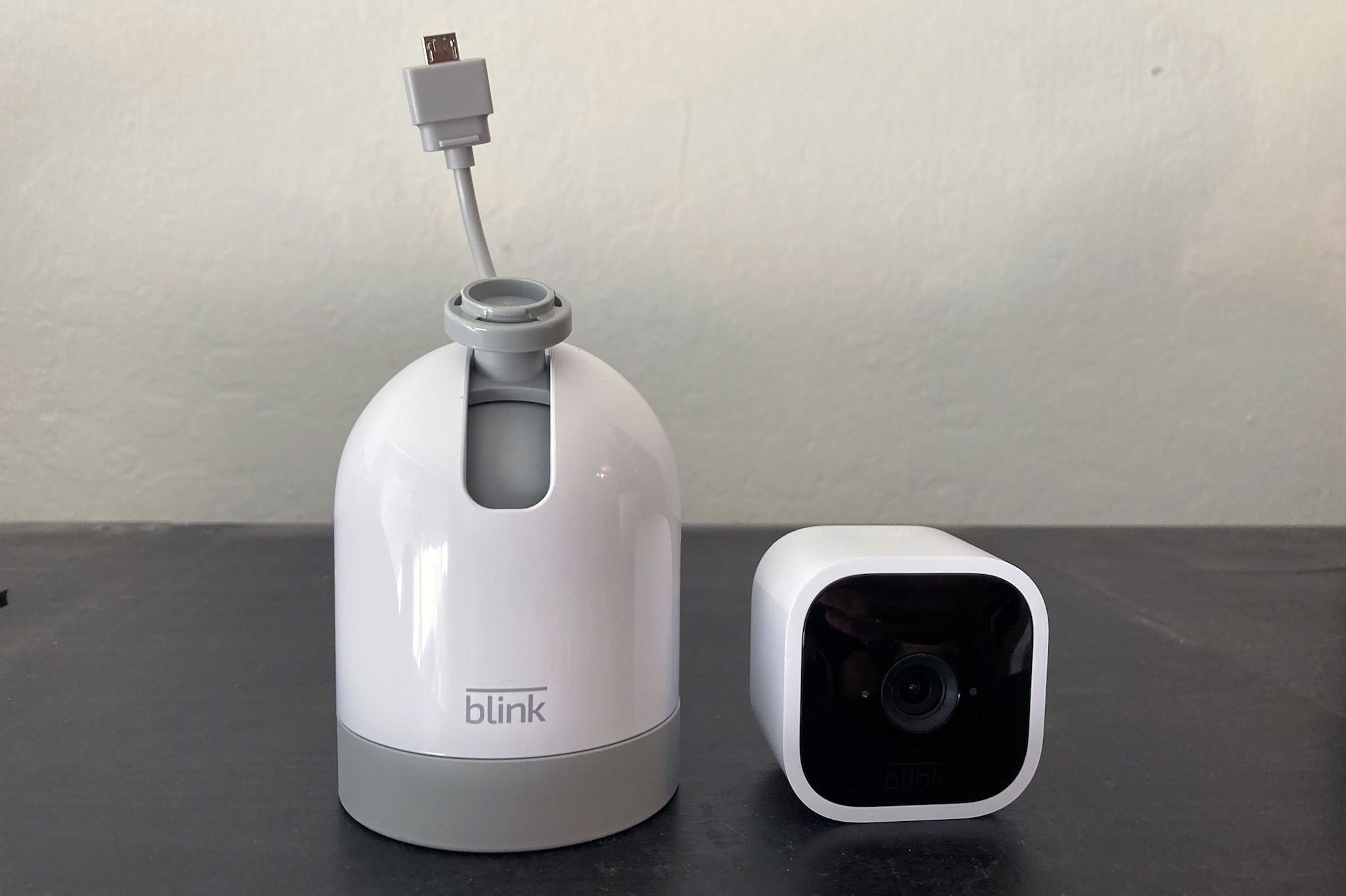

Home Security and Surveillance
How Far Can Blink Outdoor Camera Detect Motion
Modified: March 6, 2024
Ensure the safety of your home with Blink Outdoor Camera's advanced motion detection. Protect your property with reliable home security and surveillance.
(Many of the links in this article redirect to a specific reviewed product. Your purchase of these products through affiliate links helps to generate commission for Storables.com, at no extra cost. Learn more)
Introduction
Welcome to the world of home security and surveillance! With the ever-increasing need for protecting our homes and loved ones, it’s essential to invest in reliable security systems. One such popular option is the Blink Outdoor camera, a versatile device that combines convenience and effectiveness.
In this article, we will delve into the capabilities of the Blink Outdoor camera, specifically focusing on its motion detection feature. We will explore how this feature works, the factors that affect its effectiveness, and how to optimize it for maximum security coverage.
Understanding how motion detection works is crucial as it allows the camera to capture moments when there is activity or movement within its field of view. By properly utilizing this feature, you can be alerted to potential threats or unwanted visitors, providing you with peace of mind.
So, without further ado, let’s dive into the world of motion detection with the Blink Outdoor camera and unlock its full potential for safeguarding your home.
Key Takeaways:
- The Blink Outdoor camera’s motion detection can be optimized by adjusting sensitivity settings, minimizing obstructions, and strategically placing the camera. This ensures accurate alerts and reliable security coverage for your home.
- To maximize the Blink Outdoor camera’s motion detection, consider factors like lighting, camera placement, and regular maintenance. Customizing activity zones and testing the settings will help minimize false alarms and enhance security monitoring.
Understanding Blink Outdoor Camera
The Blink Outdoor camera is a wireless, weather-resistant security camera designed to monitor the exterior of your home. It boasts a wide-angle lens, HD video recording, and night vision capabilities, making it an ideal choice for outdoor surveillance.
One of the standout features of the Blink Outdoor camera is its motion detection technology. This advanced feature allows the camera to detect movement within its range and trigger recording or send alerts to your smartphone or tablet.
The camera is equipped with a built-in motion sensor that can detect changes in the image’s pixelation caused by movement. When motion is detected, the camera springs into action, capturing a video clip of the activity and sending it to your Blink app.
Aside from its motion detection capabilities, the Blink Outdoor camera also offers two-way audio, allowing you to communicate with visitors or potential intruders from the comfort of your smartphone or tablet. This feature enhances the camera’s surveillance capabilities and serves as an added deterrent for unwanted trespassers.
Moreover, the Blink Outdoor camera is designed to be easy to install and set up. With its wireless connectivity and long-lasting battery life, you can place the camera virtually anywhere around your property without the need for extensive wiring or power outlets.
Now that we have a basic understanding of the Blink Outdoor camera, let’s delve into its motion detection capabilities and explore how it operates to provide reliable security for your home.
Motion Detection Capabilities
The Blink Outdoor camera’s motion detection capabilities are essential for capturing any activity or movement that occurs within its field of view. By intelligently sensing motion, the camera can promptly notify you of any potential threats, allowing you to take appropriate action.
One of the key features of the Blink Outdoor camera is its customizable motion detection settings. Within the Blink app, you can adjust the sensitivity of the motion detection to ensure accurate and reliable detection. This ability to fine-tune the sensitivity is crucial since every home’s environment and surrounding conditions are unique.
The Blink Outdoor camera’s motion detection algorithm is designed to filter out false alarms triggered by non-human movements. This means that you won’t be bombarded with notifications every time a tree branch sways in the wind or a shadow passes by.
The camera’s intelligent system differentiates between significant motions, such as a person walking in the camera’s vicinity, and insignificant motions that do not require attention. This helps reduce false alerts and ensures that you are only notified when it truly matters.
Blink Outdoor also offers customizable activity zones, which allow you to specify certain areas within the camera’s field of view that you want to monitor more closely. This is particularly useful if you want to focus on specific areas, such as your front door or driveway, while minimizing alerts from less critical areas like trees or roads.
Additionally, the camera features night vision capabilities, allowing it to detect motion and record clear video footage even in low-light or complete darkness. This ensures that your home remains protected 24/7, regardless of the time of day.
Now that we understand the motion detection capabilities of the Blink Outdoor camera, let’s explore the factors that can affect its effectiveness and range of detection.
Factors Affecting Motion Detection
While the Blink Outdoor camera’s motion detection technology is highly advanced, there are certain factors that can affect its effectiveness and range of detection. Understanding these factors will help you optimize the camera’s performance and ensure reliable security coverage.
1. Placement of the Camera: The placement of the camera plays a significant role in its motion detection capabilities. It is crucial to position the camera in an area with a clear line of sight and minimal obstructions. Avoid placing the camera behind objects like bushes, trees, or walls that can obstruct its field of view and hinder motion detection.
2. Camera Height and Angle: The height and angle at which the camera is mounted can impact its motion detection range. Ideally, the camera should be mounted at a height where it can capture activity within its desired range. Tilting the camera slightly downwards can help maximize motion detection in the areas you want to monitor.
3. Lighting Conditions: The lighting conditions in the camera’s surroundings can affect its ability to detect motion. The camera relies on changes in pixelation to detect movement, so ensure that the area is sufficiently lit both during the day and at night. In low-light conditions, the camera’s night vision capabilities will come into play.
4. Temperature and Weather: Extreme temperature fluctuations and severe weather conditions can impact the performance of the camera’s motion detection. It is important to choose a camera that is designed to withstand harsh weather conditions and ensure proper functioning in varying temperatures.
5. Wi-Fi Connectivity: A stable and reliable Wi-Fi connection is crucial for the camera’s motion detection feature to work optimally. Ensure that the camera is within the range of your Wi-Fi network and that there are no connectivity issues that may disrupt motion detection alerts.
By considering these factors and making necessary adjustments, you can maximize the effectiveness of the Blink Outdoor camera’s motion detection feature and ensure comprehensive security monitoring for your home.
Now let’s explore the range of motion detection offered by the Blink Outdoor camera.
Range of Motion Detection
The range of motion detection is an important aspect to consider when setting up your Blink Outdoor camera. It determines the distance at which the camera can detect and capture motion within its field of view. Understanding the range of motion detection will help you strategically position your camera for optimal security coverage.
The Blink Outdoor camera has a range of motion detection that varies depending on several factors, including the lens angle, the height and placement of the camera, and the sensitivity settings. In general, the camera is designed to detect motion within a range of up to 30 feet.
It’s important to note that the range of motion detection may be influenced by environmental factors, such as lighting conditions and obstructions. For example, in low-light conditions, the camera’s night vision capabilities will allow it to still capture motion within its range.
To maximize the range of motion detection, consider the following tips:
- Position the camera at an optimal height: Mount the camera at a height that provides a clear line of sight and covers the desired area. A higher camera placement can provide a wider range of motion detection.
- Minimize obstructions: Ensure that there are no physical obstructions, such as trees or walls, blocking the camera’s view. Clearing any obstructions will enhance the camera’s ability to detect motion.
- Adjust sensitivity settings: Fine-tune the camera’s sensitivity settings to strike a balance between capturing all significant movements and avoiding false alarms triggered by insignificant motions.
- Consider multiple cameras: For larger properties or areas that require extensive coverage, consider using multiple Blink Outdoor cameras strategically placed to ensure overlapping coverage and maximize the range of motion detection.
By following these guidelines, you can optimize the range of motion detection offered by the Blink Outdoor camera and ensure comprehensive surveillance coverage for your home.
However, it’s important to note that the range of motion detection is a general estimation and may vary depending on individual circumstances and the specific environment of your home. It’s recommended to conduct some testing and fine-tuning to determine the ideal positioning and settings for your specific needs.
Next, let’s explore how you can minimize false alarms and adjust sensitivity settings to ensure accurate motion detection.
Place your Blink Outdoor camera within 30 feet of the area you want to monitor for best motion detection. Avoid obstructions and aim the camera at the desired area for optimal performance.
Read more: How Far Can School Outdoor Cameras See
False Alarms and Sensitivity Settings
False alarms can be a common issue with motion detection systems, including the Blink Outdoor camera. These false alerts can be triggered by factors such as small animals, moving shadows, or even environmental changes like swaying branches.
To reduce false alarms and ensure accurate motion detection, the Blink Outdoor camera provides sensitivity settings that can be adjusted to match your specific needs. Here’s how you can optimize the camera’s sensitivity settings:
- Access the Blink app: Open the Blink app on your smartphone or tablet, which is used to configure and manage the settings of your Blink Outdoor camera.
- Select the desired camera: Choose the Blink Outdoor camera you wish to adjust the sensitivity settings for.
- Navigate to the motion detection settings: Look for the motion detection settings within the camera’s configuration options. This will allow you to access the sensitivity controls.
- Adjust the sensitivity level: Depending on your requirements and the environment, you can increase or decrease the sensitivity level. A higher sensitivity level will result in more motion detection alerts, while a lower sensitivity level will reduce the number of false alarms.
- Test and fine-tune: After adjusting the sensitivity settings, it’s recommended to perform some tests to ensure that the camera is detecting the desired motion accurately. Walk around the area and observe the camera’s response to different movements.
Keep in mind that finding the right sensitivity level may require some trial and error. It’s important to strike a balance between capturing meaningful motion and minimizing false alerts.
In addition to adjusting sensitivity settings, Blink Outdoor camera offers customizable activity zones. This feature allows you to define specific areas within the camera’s field of view that you want to monitor more closely. By excluding less important areas, you can further minimize false alarms and focus on the critical zones.
By fine-tuning sensitivity settings and utilizing activity zones effectively, you can significantly reduce false alarms and ensure that you are only alerted to meaningful motion events, enhancing the overall reliability of the Blink Outdoor camera’s motion detection feature.
Now that we’ve explored false alarms and sensitivity settings, let’s move on to adjusting motion detection zones for more precise monitoring.
Adjusting Motion Detection Zones
The ability to adjust motion detection zones is a valuable feature offered by the Blink Outdoor camera. By customizing these zones, you can specify the areas within the camera’s field of view where you want to focus on detecting motion.
Here’s how you can adjust motion detection zones with the Blink Outdoor camera:
- Access the Blink app: Open the Blink app on your smartphone or tablet and select the Blink Outdoor camera you want to configure.
- Navigate to the motion detection settings: Look for the motion detection settings within the camera’s configuration options. You should find an option to adjust the motion detection zones.
- Define the activity zones: Within the motion detection settings, you will have the ability to draw or adjust the detection zones on a map or live view of your camera’s field of view. Simply tap and drag to define the specific areas you want to monitor more closely.
- Customize the zone sensitivity: Once the zones are defined, you may have the option to adjust the sensitivity level for each individual zone. This allows you to fine-tune the detection settings based on the importance and desired level of monitoring within each zone.
- Save and test: After adjusting the motion detection zones and sensitivity settings, be sure to save your changes and perform some tests to ensure that the camera is accurately detecting motion within the designated zones.
Customizing the motion detection zones allows you to have greater control over what areas the Blink Outdoor camera focuses on. This feature is particularly useful if you want to monitor specific entry points, high-traffic areas, or areas where valuable assets are located.
By excluding less critical areas from motion detection, such as busy roadways or areas with frequent animal movement, you can further minimize false alarms and tailor the camera’s monitoring to your specific needs.
Remember to periodically review and adjust the motion detection zones as needed, especially if there are changes to the environment or your security priorities.
Now that we’ve covered adjusting motion detection zones, let’s move on to some tips for maximizing motion detection with your Blink Outdoor camera.
Tips for Maximizing Motion Detection
To ensure optimal performance and maximum security coverage with your Blink Outdoor camera’s motion detection feature, consider the following tips:
- Strategic Placement: Place the camera in a location that provides a clear line of sight and covers the desired areas for monitoring. Aim to position the camera at a height that allows for a wider range of motion detection.
- Minimize Obstructions: Ensure that there are no physical obstructions, such as bushes, trees, or walls, blocking the camera’s field of view. Clear away any objects that might interfere with motion detection accuracy.
- Proper Lighting: Adequate lighting is essential for the camera to capture clear video footage and accurately detect motion. Ensure that the monitored area is well-lit both during the day and at night. Consider installing additional lighting if needed.
- Regular Maintenance: Keep the camera lens clean and free from dirt, dust, or debris that might obstruct the lens and affect motion detection. Regularly check and clean the lens to maintain optimal performance.
- Adjust Sensitivity Settings: Fine-tune the sensitivity settings to meet your specific requirements. Experiment with different levels of sensitivity to strike a balance between capturing meaningful motion events and minimizing false alarms.
- Utilize Activity Zones: Take advantage of the motion detection zone feature to focus on specific areas that require closer monitoring. Customize the zones to exclude less important areas and prioritize the key sections of your property.
- Testing and Tweaking: Perform regular tests to ensure that the camera is detecting motion accurately and capturing the desired events. Walk around the monitored area and make adjustments as needed to achieve the optimal motion detection performance.
- Network Stability: Maintain a stable and robust Wi-Fi network connection to ensure reliable communication between the Blink Outdoor camera and the Blink app. A strong and uninterrupted connection is crucial for seamless motion detection and timely notifications.
- Consider Multiple Cameras: If your property is large or has multiple entry points, consider installing multiple Blink Outdoor cameras strategically to cover the entire area effectively. This will provide comprehensive surveillance and enhance motion detection capabilities.
By implementing these tips, you can maximize the motion detection capabilities of your Blink Outdoor camera, ensuring reliable security coverage and timely alerts for any motion events.
Remember to periodically review and adjust your settings based on changing circumstances, such as seasonal changes in lighting or modifications to your property. Regular maintenance and optimization will help you make the most out of your Blink Outdoor camera’s motion detection feature.
Now let’s wrap up our exploration of the Blink Outdoor camera’s motion detection and summarize the key points we’ve covered.
Conclusion
The Blink Outdoor camera is a powerful tool for home security and surveillance, and its motion detection capabilities make it an efficient and reliable solution for monitoring the exterior of your property.
By understanding how motion detection works and considering the factors that can affect its effectiveness, you can optimize the performance of the Blink Outdoor camera to ensure comprehensive security coverage.
Remember to strategically position the camera, minimize obstructions, and adjust sensitivity settings to strike the right balance between accurate motion detection and minimizing false alarms.
Utilizing customizable activity zones allows you to focus on specific areas of interest, while regular testing and fine-tuning will ensure that the camera is capturing the desired motions accurately.
Additionally, maintaining a stable Wi-Fi connection and considering multiple cameras for larger areas or multiple entry points will enhance the motion detection capabilities of your Blink Outdoor camera.
The Blink Outdoor camera offers peace of mind by enhancing the security of your home with its advanced motion detection technology. Whether it’s detecting potential threats, unwanted visitors, or simply keeping an eye on your property, the Blink Outdoor camera provides a reliable surveillance solution.
Now that you are equipped with a comprehensive understanding of the Blink Outdoor camera’s motion detection capabilities, you can confidently optimize its settings and ensure that your home is well-protected.
So go ahead, install your Blink Outdoor camera, adjust the settings, and enjoy the convenience and security it brings to your home. Stay vigilant, stay safe!
Frequently Asked Questions about How Far Can Blink Outdoor Camera Detect Motion
Was this page helpful?
At Storables.com, we guarantee accurate and reliable information. Our content, validated by Expert Board Contributors, is crafted following stringent Editorial Policies. We're committed to providing you with well-researched, expert-backed insights for all your informational needs.
